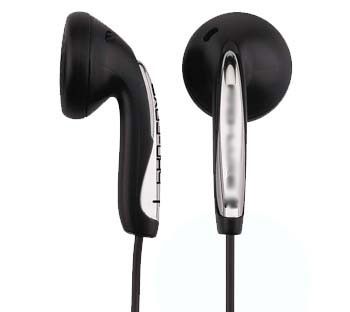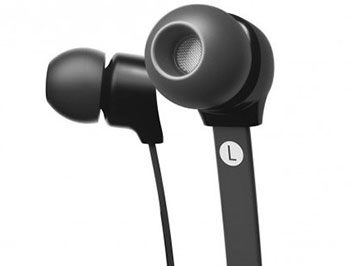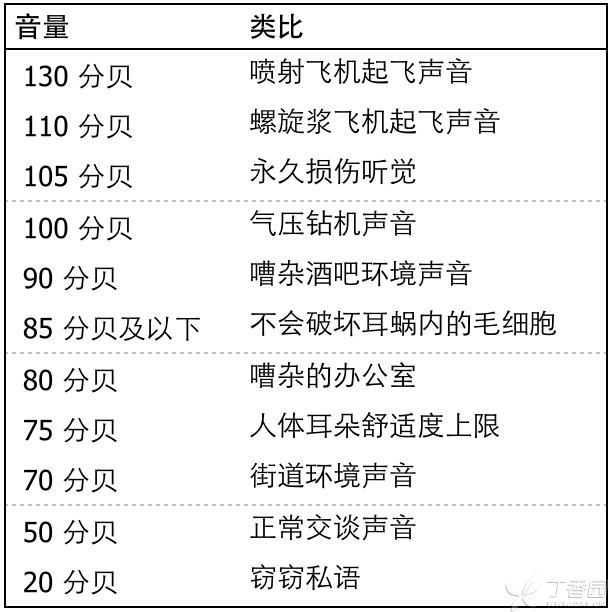

(The above picture shows ordinary earphones; The following figure shows in-ear headphones.)
First, the damage caused by listening to earphones belongs to chronic sound damage.
The damage of sound to hearing is called noise deafness in medicine. Noise deafness is mainly divided into chronic sound injury and acute sound injury:
A. Chronic sound injury: refers to slow sensorineural deafness caused by long-term exposure to noise stimulation.
B. Acute sound injury: It is caused by close explosion (such as bomb explosion nearby during war) and is caused by instantaneous exposure of high-intensity impulse noise.
II. Noise Intensity and Exposure Time
The severity of noise damage to hearing is mainly determined by noise intensity and exposure time. The greater the intensity, the earlier and more serious the hearing damage occurs. The longer the exposure time, the more serious the damage. Therefore, theoretically, the damage to hearing caused by earplugs is mainly related to the volume of music and the time of wearing earphones, and has nothing to do with the way of wearing earphones.
An in-ear earplug user who listens to music for 3 hours a day at a volume of 70 decibels, Compared with an ordinary earplug user who listens to music for 5 hours a day at a volume of 100 decibels, the latter is more likely to damage his hearing. However, on the premise of the same volume for the same use time, there should be no obvious difference. According to the national regulations on labor protection, the allowable noise standard for 8 hours of work is 85 decibels, but not more than 90 decibels.

Third, in-ear headphones are slightly more comfortable to wear.
The primary manifestation of noise-induced deafness is tinnitus, followed by hearing loss, which can even cause functional disorders of cerebral cortex, autonomic nervous system, heart, endocrine and digestive system in the later period. However, if the symptoms of hearing impairment are found early and intervened in time, they can be completely recovered.
At the same time, in-ear headphones can isolate some environmental noise to some extent, that is to say, in-ear headphones can theoretically use lower volume to hear more sound details. However, no relevant clinical trials have been heard to prove this.
From the wearing comfort to compare, or in-ear earphones are slightly better. Because the middle and high-grade in-ear earphones will come with rubber or sponge covers of various sizes, there will always be one suitable for you. When wearing, the ear canal almost feels no pressure. However, when ordinary earplugs are worn for a long time, the external auditory canal will feel painful.
